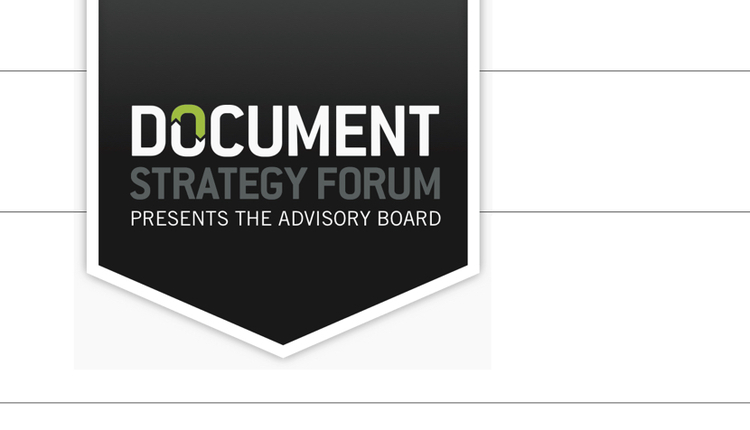
Image by: Glynn Burrows, ©2016 Getty Images
According to the American Management Association, a great appeal of customer-centricity is that it takes very little business acumen to grasp its core concept: Focus intensely on customers, aligning your products or services with their interests in mind, and voila—a customer-centric culture is born. Simple? Not quite.
Becoming a truly customer-centric organization is perhaps one of the most difficult transitions an organization can attempt, replete with heavy obstacles and unanticipated challenges. Whether an insurance industry great or a leader in finance, healthcare or telecommunications, customer-centricity is not just about offering exceptional customer service and consistent customer engagement—it is, at the heart, a cultural shift. It is about putting the customer, first and foremost, at the very core of the business by leveraging new technologies and strategies to create personalized marketing tailored for the individual.
For example, in the insurance market, worksite marketing (WM) is no longer simply the sale of group voluntary benefit products or ancillary benefits to a specific captive group. WM is providing protection solutions that are sold to individuals at their place of employment and enriching the employer’s value proposition—especially to millennials.
Today, the incoming millennial workforce shows far more interest than older generations in a broad spectrum of employee benefits to protect them from various life risks. According to an Aon Hewitt study, millennials are the most likely generation to embrace support from employers in their overall health and wellbeing. More than half (52%) say "living or working in a healthy environment" is influential to their personal health, compared to 42% of Generation X and 35% of baby boomers.
Millennials have grown accustomed to receiving personalized services and information when they want it, through the channel of their choice. To meet the demand of this increasing market segment, insurance leaders should deploy a centralized communications platform capable of multi-channel distribution to enable quick, personalized and targeted communications while lowering operational costs. Payers become consumer-centric by providing timely, relevant information to today’s increasingly tech-savvy members. What worksite marketing capabilities matter most for customer-centric engagement?
Data to engage
The vast amount of data available from within and outside of an enterprise creates an opportunity to evolve and differentiate a competitive organization as a truly information-led, client-driven business optimizing an effective information management strategy.
However, with all of the information available to an enterprise, the challenge, and ultimately the reward, is in finding the gold. In the quest for customer information gold, organizations must ponder a few critical questions:
Currently, organizations are striving to be truly information-led, data-driven, high-performing businesses. Today’s insurance leaders, global financial services institutions and leaders of industry are continually challenged to exceed customer expectations for fast, accurate and secure communications, services and transactions.
When it comes to delivering an exceptional client-centric customer experience, enterprises in all key markets today are taking very seriously the responsibility of leveraging strategy, commitment and technology to digitally transform the client experience.
For example, in the insurance market, worksite marketing (WM) is no longer simply the sale of group voluntary benefit products or ancillary benefits to a specific captive group. WM is providing protection solutions that are sold to individuals at their place of employment and enriching the employer’s value proposition—especially to millennials.
Today, the incoming millennial workforce shows far more interest than older generations in a broad spectrum of employee benefits to protect them from various life risks. According to an Aon Hewitt study, millennials are the most likely generation to embrace support from employers in their overall health and wellbeing. More than half (52%) say "living or working in a healthy environment" is influential to their personal health, compared to 42% of Generation X and 35% of baby boomers.
Millennials have grown accustomed to receiving personalized services and information when they want it, through the channel of their choice. To meet the demand of this increasing market segment, insurance leaders should deploy a centralized communications platform capable of multi-channel distribution to enable quick, personalized and targeted communications while lowering operational costs. Payers become consumer-centric by providing timely, relevant information to today’s increasingly tech-savvy members. What worksite marketing capabilities matter most for customer-centric engagement?
- Personalized enrollment materials
- Decision support tools
- Interactive presentations
- Electronic e-books
- Videos
Data to engage
The vast amount of data available from within and outside of an enterprise creates an opportunity to evolve and differentiate a competitive organization as a truly information-led, client-driven business optimizing an effective information management strategy.
However, with all of the information available to an enterprise, the challenge, and ultimately the reward, is in finding the gold. In the quest for customer information gold, organizations must ponder a few critical questions:
- How can we identify the information that will save time and add value to our work?
- How can we enrich and share the information that will drive client engagement breakthroughs?
- How can we find and set a gold standard for client information management that considers all team members—content creators, collaborators and consumers?
- As we go about our daily activities, can we find a rhythm in considering how valuable certain information is, how it can be further enriched and who else could benefit from it?
- Customer
- Technology
- Data
- Content
- Processes
- People
As global research firm Gartner states, “Success in the enterprise is heavily dependent on customer relationship management, which is one of the most efficient ways of building and retaining relationships with customers. As the digital age continues to evolve and leave us with more advancements in technology, it’s important to stay ahead of the curve with customer-focused strategies that utilize digital techniques to keep customers engaged and satisfied.”
Currently, organizations are striving to be truly information-led, data-driven, high-performing businesses. Today’s insurance leaders, global financial services institutions and leaders of industry are continually challenged to exceed customer expectations for fast, accurate and secure communications, services and transactions.
When it comes to delivering an exceptional client-centric customer experience, enterprises in all key markets today are taking very seriously the responsibility of leveraging strategy, commitment and technology to digitally transform the client experience.
Erik Raper heads Paragon’s Marketing and Advisory Services teams across focused industries. In this role, he leads his team to bring deep industry experience, rigorous analytical capabilities and a pragmatic mindset to clients’ most complex business problems. Visit Paragon Solutions on Twitter @consultparagon or www.consultparagon.com.











